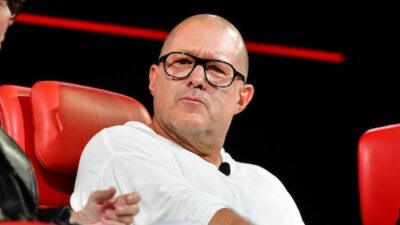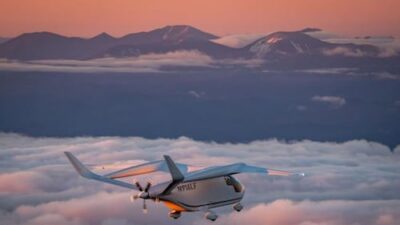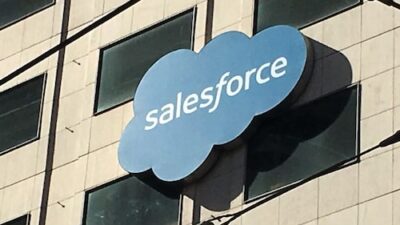The initial robotaxi journeys were confined to a specific area in Tesla’s home city of Austin, with an employee monitoring each vehicle’s performance. The car manufacturer chose a friendly group of early riders, including investors and social-media influencers who broadcasted their experiences online.
In one video, Herbert Ong, who manages a fan account, expressed amazement at the vehicle’s speed and its capability to park by itself. Another influencer, known as @BLKMDL3 on X, commented that the ride was “smoother than a human driver.” Tesla investor Sawyer Merritt, who has an account dedicated to news about the company, described the experience as “awesome.”
Tesla did not hold a formal launch event or make significant announcements, instead counting on word of mouth and media coverage in the lead-up to the robotaxi rollout, which follows nearly a decade of Musk discussing the concept. The low-key introduction contrasts sharply with a “Cyber Rodeo” event in 2022 for a factory opening in Texas and a past invite-only party to unveil autonomous products in Hollywood.
Musk is focusing the automotive industry on trend-rich yet unverified technologies, like self-driving cars and humanoid robots. Some investors are optimistic about new revenue streams to boost Tesla’s fortunes following a slump in sales and public discontent with the CEO’s leadership, with the company’s shares falling 20% this year.
“Robotaxis are essential to the Tesla investment narrative,” commented Tom Narayan, an analyst at RBC Capital Markets. Roughly 60% of Narayan’s stock valuation is connected to self-driving technology.
The videos shared on Sunday depicting the robotaxi launch were mostly uneventful, featuring Model Y SUVs traveling short distances, navigating traffic lights, steering clear of pedestrians, and parking—without anyone in the driver’s seat. There were a few hiccups, including when a user pressed a button to prompt the vehicle to pull over, only for it to halt momentarily in the middle of a road before continuing.
The initial riders are being charged a fixed fare of $4.20 per trip, according to Musk, although future pricing remains uncertain. Robotaxis will be operational daily from 6 a.m. to midnight within a designated area of the city, excluding the airport, based on usage terms that some of the early riders shared. Availability may be limited during inclement weather.
This launch serves as a pivotal trial for Tesla, starting with just 10 to 20 vehicles. The company aims to demonstrate its ability to safely navigate actual traffic, a challenge that has hindered other firms and attracted regulatory attention.
In late 2023, Cruise, General Motors Co.’s now-inactive autonomy venture, suspended its fleet and had its operating license revoked in California following an incident that injured a pedestrian. Uber Technologies Inc. halted its self-driving vehicle tests after one of its SUVs was involved in a fatal accident in Arizona in 2018, and less than three years later, sold its self-driving business.
Although Tesla hasn’t specified when the robotaxi service will become available to the broader public, Musk has promised rapid scaling and expansion to additional U.S. cities soon.
Austin’s market is becoming increasingly competitive. Waymo, part of Alphabet Inc., is expanding its operations in the city in collaboration with Uber, while Amazon.com Inc.’s Zoox is also conducting tests there.
Dan Ives, an analyst with Wedbush Securities who has an outperform rating on Tesla, believes robotaxis will directly compete with Waymo from the outset. After a team member experienced a ride on Sunday, he informed Bloomberg that the robotaxi user experience was “better than expected.”
Read Also: Tesla hikes Model X price by $5,000 in US, follows earlier increase on Model S and Canada lineup



